Jeju Yakcheonsa Temple (약천사(제주))
14.9Km 2024-12-02
293-28 Ieodo-ro, Seogwipo-si, Jeju-do
Jeju Yakcheonsa Temple is the largest temple in Asia. Originally a small hermitage named Yaksuam, it was named Yakcheonsa because of a famous mineral spring ('Yaksu') nearby. It enshrines tombstones of two royal couples from the Joseon Dynasty: King Munjong and his consort, and King Yeongchin and his consort. The temple also offers temple stays for both Koreans and foreigners.
Marado Island (Mara Provincial Park) (마라도(마라해양도립공원))
15.0Km 2021-02-01
46, Mara-ro 101beon-gil, Seogwipo-si, Jeju-do
+82-64-760-4014
Marado Island is the southernmost island in Korea and features one seemingly endless plain of waving grass for a unique landscape. The island is quite small, at only 300 ㎡, and is home to approximately 80 people in 30 families. The island is famous for sea fishing, and is accessible via ferry from Museulpo Port.
Marado Island first became inhabited in 1883, when three families began living there. At first they lived off the food growing there, but once the food became scarce, they burned the forests to create fields for farming. It was said that all the snakes and frogs died in that fire, and thus no snakes and frogs are found in Marado Island even until now.
Ssangyonggul Cave (Hallim Park) (쌍용굴 (한림공원))
15.4Km 2022-09-13
300, Hallim-ro, Jeju-si, Jeju-do
+82-64-796-0001
Ssangyonggul Cave, a designated Natural Monument, is one of the representative lava tubes of Jeju Island along with Hwanggeumgul, Socheongul, and Manjanggul caves. The cave measures approximately 400 meters in length, 6 meters in x_width, and 3 meters in x_height. It is thought to have been created by lava that erupted from Hallasan Mountain some 25 million years ago.
One of the unique features of this particular cave is that it has features of both a lava tube and a limestone cave. The entire area surrounding the cave is a huge stratum of seashells and sand, while the interior is a mystical mix of stalactites and stalagmites. Lime covers the cave walls in a series of natural swirls and streaks, bringing to mind the strokes of an abstract painting. Since the cave stays at a constant 17-18℃ throughout the year, it’s a welcome escape from the heat in the summer and a great place to warm up in the winter.
The cave gets its name from its two branches, which are said to look like the paths of two dragons (‘Ssangyong’ meaning ‘two dragons’ in Korean). It is thought that Ssangyonggul Cave and Hyeopjaegul Cave were once one cave since the second entrance of Ssangyonggul Cave is so close to the end of Hyeopjaegul Cave.
Hallim Park (한림공원)
15.4Km 2024-11-27
300 Hallim-ro, Jeju-si, Jeju-do
+82-64-796-0001
Hallim Park is one of the most popular tourist spots on Jeju Island, located approximately 33 kilometers west of Jeju-si and Hallasan Mountain along the beach in Hallim-eup. It faces the pleasant scenery of Biyangdo Island, Hyeopjae Beach, and Geumneung Beach. The park was established in early 1971 on barren land with the importation of tons of earth and the planting of assorted subtropical plants.
Hallim Park, reaching almost 100 thousand square meters, has a variety of gardens that can be enjoyed in any season. Visitors can enjoy Palm Tree Road, Jeju Stone and Bonsai Garden, Water Garden, Subtropical Botanic Garden, and much more. The most famous tourist sites in Hallim Park are Hyeopjaegul and Ssangyonggul Caves, known to be the only two-dimensional caves in the world. In addition, a folk village, children's amusement park, and outdoor resort facilities make it enjoyable for both children and adults.
Geumneung Seokmulwon (Geumneung Rock Park) (금능석물원)
15.5Km 2024-12-10
Jeju is often referred to as Samda-do, which can be translated to “island of three abundances,” because it has many stones, wind, and women. Stones from Jeju are prohibited from being taken out of Jeju and only processed stones are exported. The most well-known processed stone production in Jeju is dol hareubang (“stone grandfather”). Geumneung Rock Park is a place where travelers who are tired of seeing the same-old dol hareubang can appreciate the essence of Jeju stones. It is a park created on a 33,058m² site by master craftsman Jang Gong-ik, who has been making dol hareubang for about 40 years, expressing aspects of Jeju life through stones. The park has a Buddhist-friendly atmosphere overall with statues of Buddha, which are all works of Jang Gong-ik, who has maintained this place for decades.
Hyeopjaegul Lava Tube (Hallim Park) (협재굴(한림공원))
15.5Km 2025-03-13
300 Hallim-ro, Jeju-si, Jeju-do
+82-64-796-0001
Hyeopjaegul Lava Tube is one example of the lava tube systems of Jeju Island, along with Hwanggeumgul, Socheongul, Ssangyonggul and Manjanggul Lava Tubes. The cave is approximately 200 meters in length, 10 meters in x_width and 5 meters in x_height. It is thought to have been created by the lava that erupted from Hallasan Mountain some 25 million years ago. This cave uniquely contains features of both lava and limestone caves. The entire area surrounding the cave is a huge stratum of seashells and sand, while the interior of the cave has a mystical ambience due to its various formations such as stalactites and stalagmites, hanging from the ceiling and sprouting up from the bottom of the cave. The cave also features pillars formed when stalactites and stalagmites join together. The cave walls are covered in lime, which at times looks like beautiful cave paintings. The temperature inside the cave stays at 17~18℃ throughout the year, making the cave a welcome escape from the summer heat and a great place to keep warm during winter.
Hyeopjaegul Lava Tube has been designated Natural Monument No. 236 and ranks among the world’s major mysterious caves, such as the stone salt cave of Peru and the underwater limestone caves of Yugoslavia. As Hyeopjaegul Lava Tube is close to Ssangyonggul Lava Tube, the two can be visited on the same day.
Citrus Gardening Café (시트러스 가드닝 카페)
15.6Km 2024-12-10
Citrus Gardening Café is a plant cafe located near Geumneung Beach. This cafe is located among basalt stone walls, the symbol of Jeju, and low-story buildings, all of which represent the island’s authentic local and natural scenery. The unique plants that thrive in relatively hot and humid island climate can be seen both indoors and outdoors, offering an interesting sight. The signature menu here is mazagran. The café’s original mazagran recipe mixes fresh fruits from Jeju with Portuguese-style coffee. The café also serves regular coffee, herbal tea, and matcha latte.
Stone Grandfather Restaurant (돌하르방)
15.6Km 2020-05-29
300, Hallim-ro, Jeju-si, Jeju-do
+82-64-796-0001
Located in Jaeam Folk Village (Hallim Park), the restaurant is spacious and is well known for its traditional local dishes such as charcoal-grilled Jeju pork, seafood and mung bean pancake, nutritious sea urchin soup, and jopssalju (Jeju-style wine made of millet and yeast). It also serves cold herb naengmyeon in the summer and pheasant buckwheat kalguksu (knife-cut noodles) and a local dish called pheasant bingtteok in winter.
Geumneung Beach (금능해수욕장)
15.7Km 2024-07-17
119-10 Geumneung-gil, Hallim-eup, Jeju-si, Jeju-do
+82-64-728-3983
Clear waters, a beautiful beach with white sand and seashells, fantastic sunset, and the view of Biyangdo Island beyond sum up to describe Geumneung Beach. The white sandy beach where the bottom of the shallow, blue water is clearly seen creates an illusion that one can easily walk all the way to Biyangdo.
Geumneung Beach is directly connected to Hyeopjae Beach, another popular tourist spot on the west side of Jeju Island. However, despite the common charming elements the two beaches share, Geumneung Beach sees a relatively small number of visitors in comparison, so it exudes a more relaxing vibe. Moreover, the beach and the parking lot are directly connected, making it more convenient to move baggage and other belongings. The newly built showers supply warm water, which is another advantge of the beach.
It is recommended to visit the beach during the hours of ebb tide. Once the sea water recedes afar, a vast, beautiful sandy beach appears. The water is shallow in many parts where natural swimming pools are formed, allowing little children to be able to play safely.
Elysian Jeju Country Club (엘리시안 골프 제주)
15.7Km 2022-12-26
1738-116, Pyeonghwa-ro, Jeju-si, Jeju-do
+82-64-798-7001
Located in Aweol-eup on Jeju Island, Elysian Jeju Country Club is a prestigious golf course well known by Korea’s golf aficionados. Not just an ideal place to enjoy a round of golf, the country club also has space that can be booked for business seminars and other events. In addition, the country club provides lodging facilities, a driving range, swimming pool, and spa services to guarantee their guests a perfect vacation.
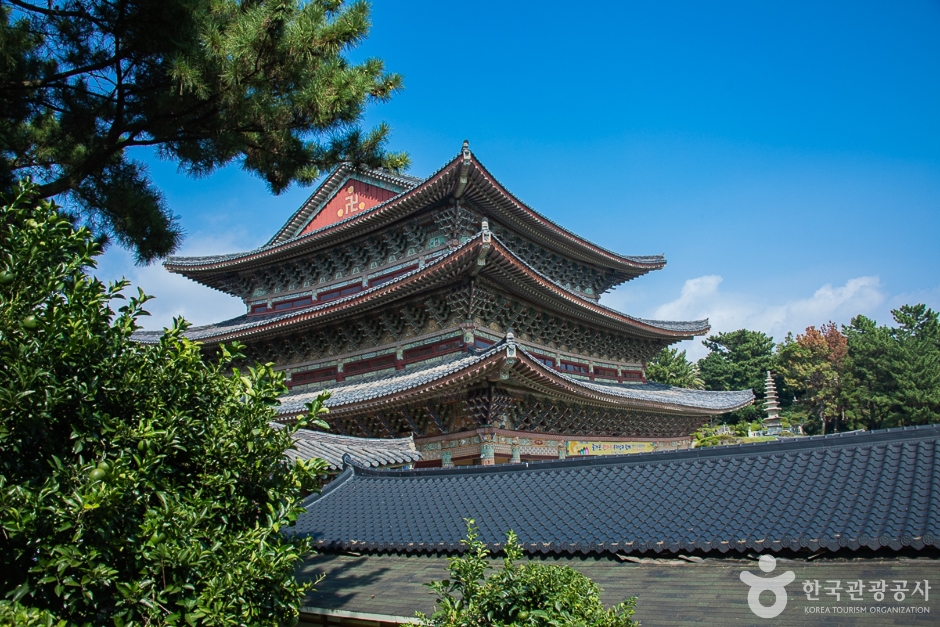
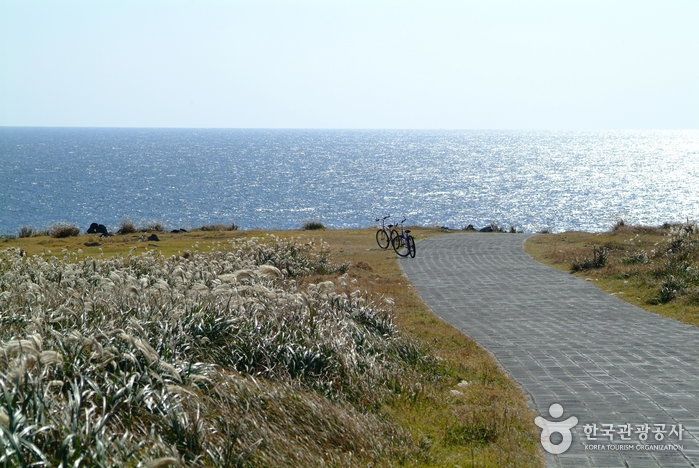

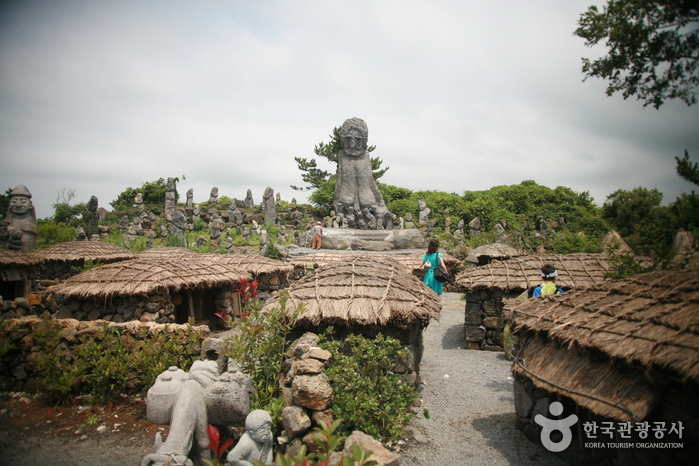
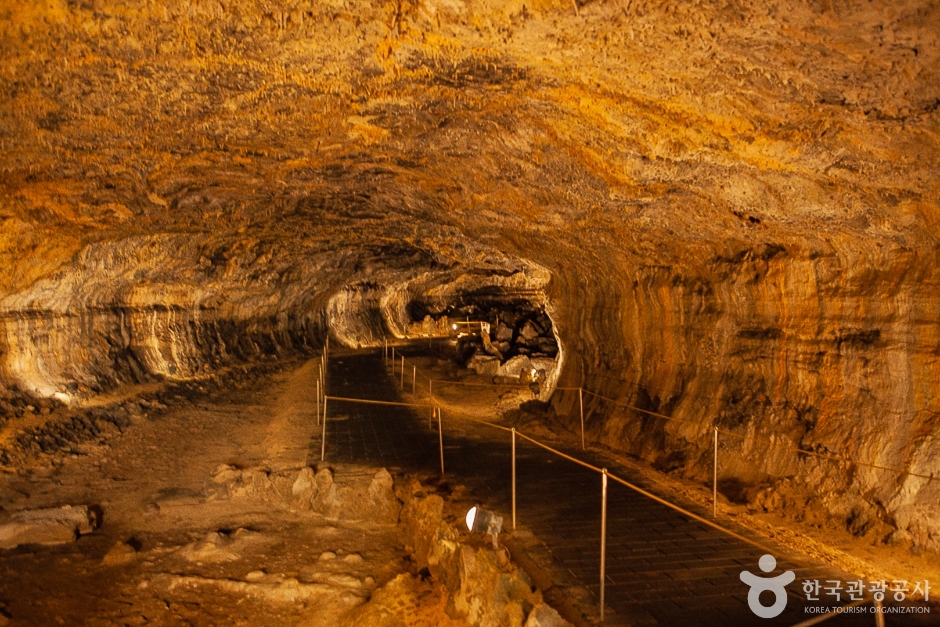
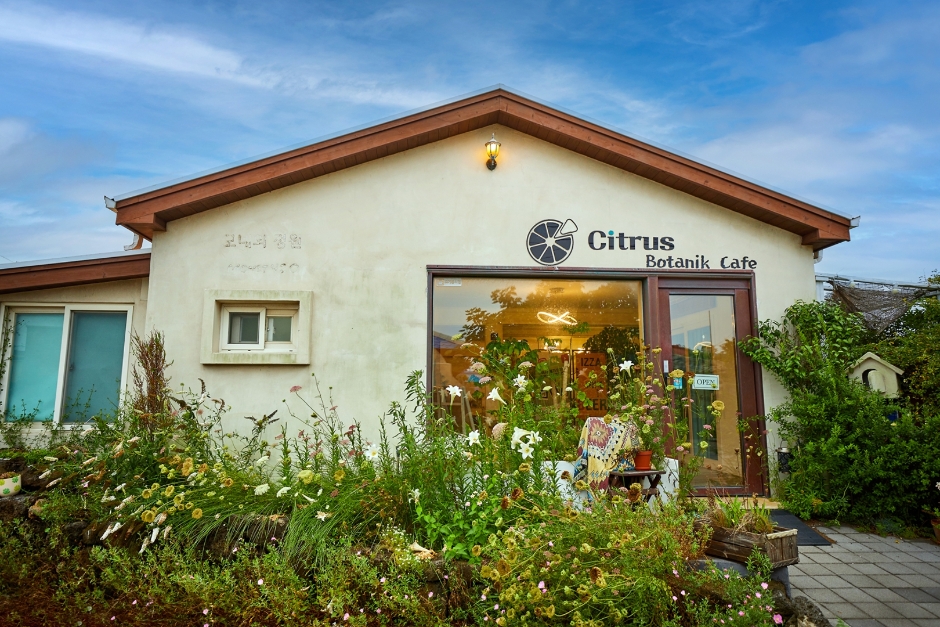
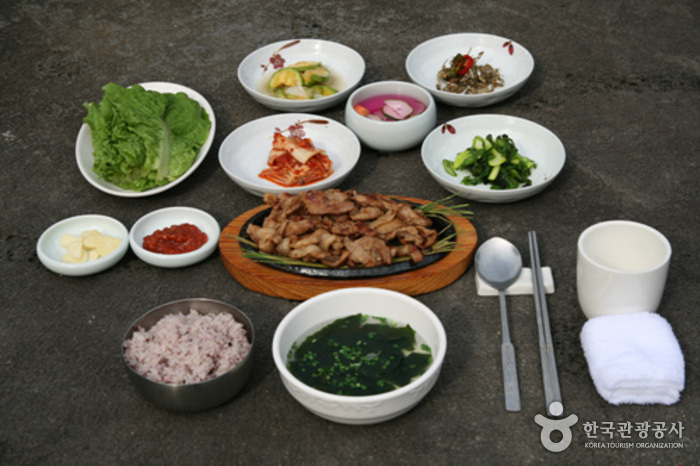
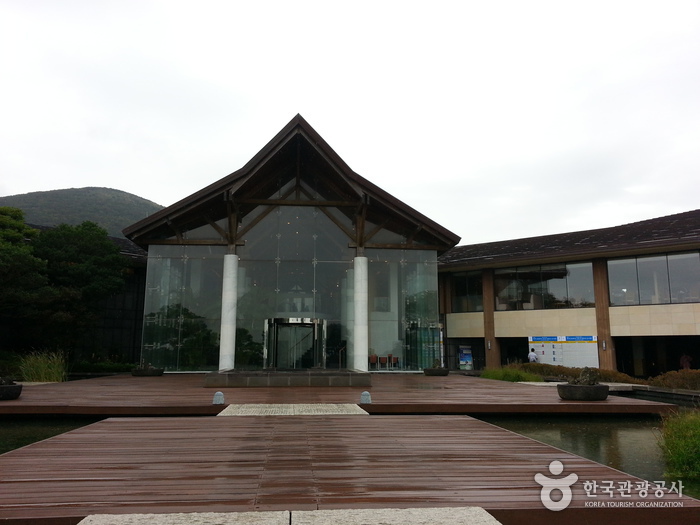
 English
English
 한국어
한국어 日本語
日本語 中文(简体)
中文(简体) Deutsch
Deutsch Français
Français Español
Español Русский
Русский